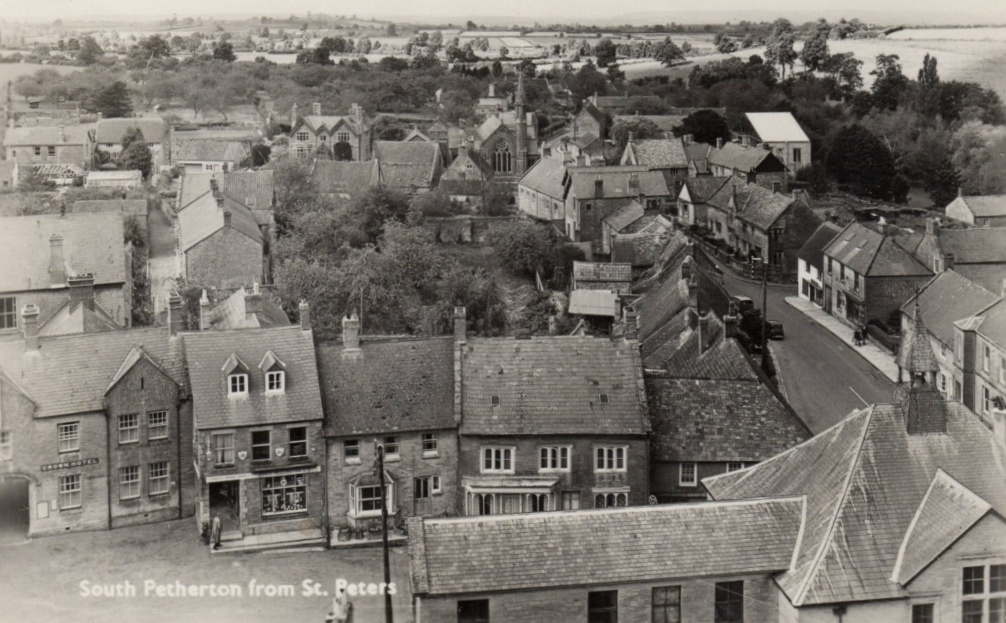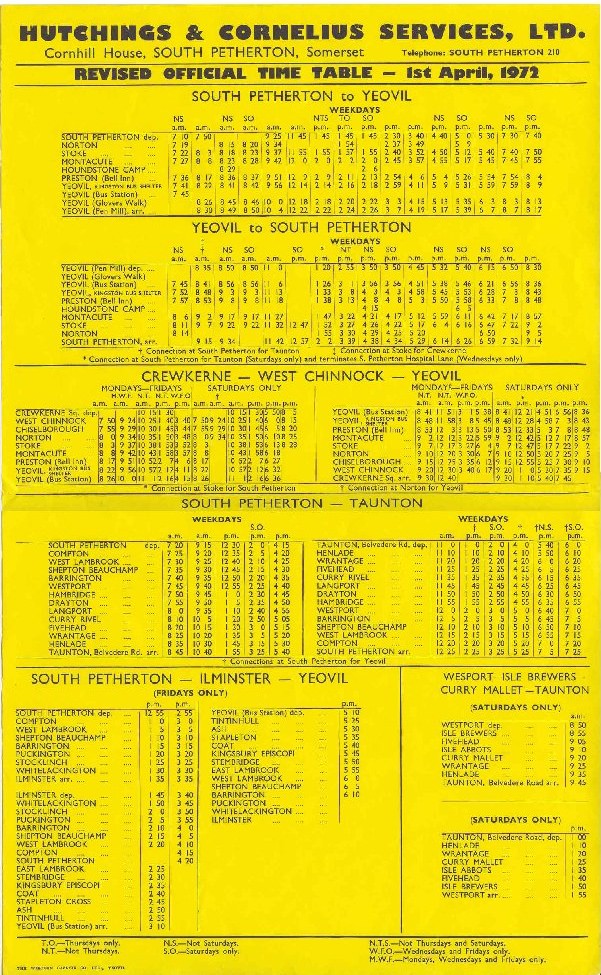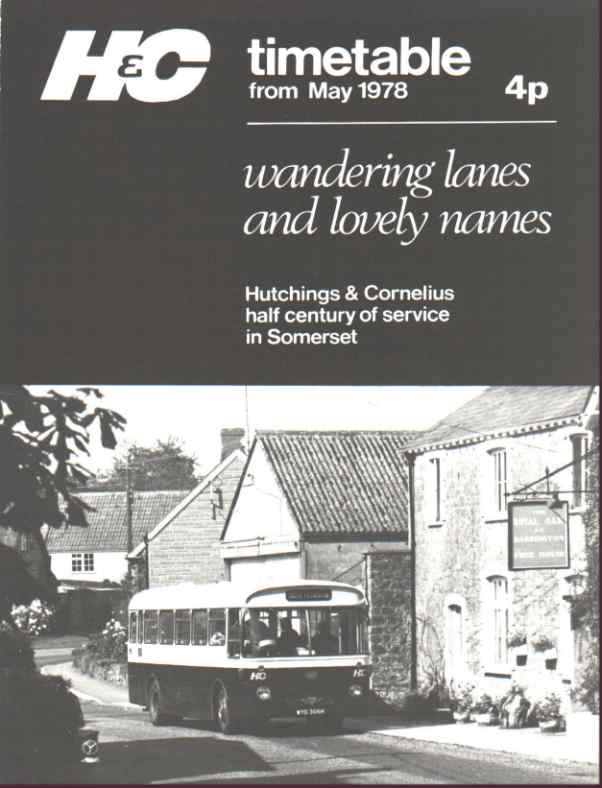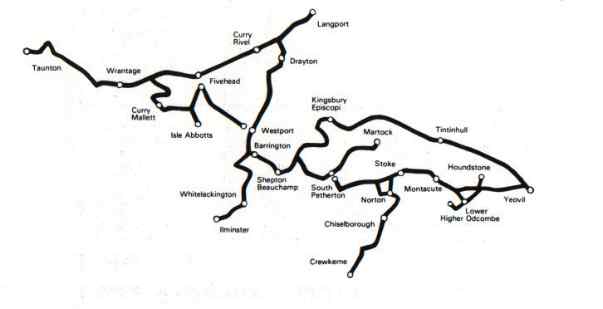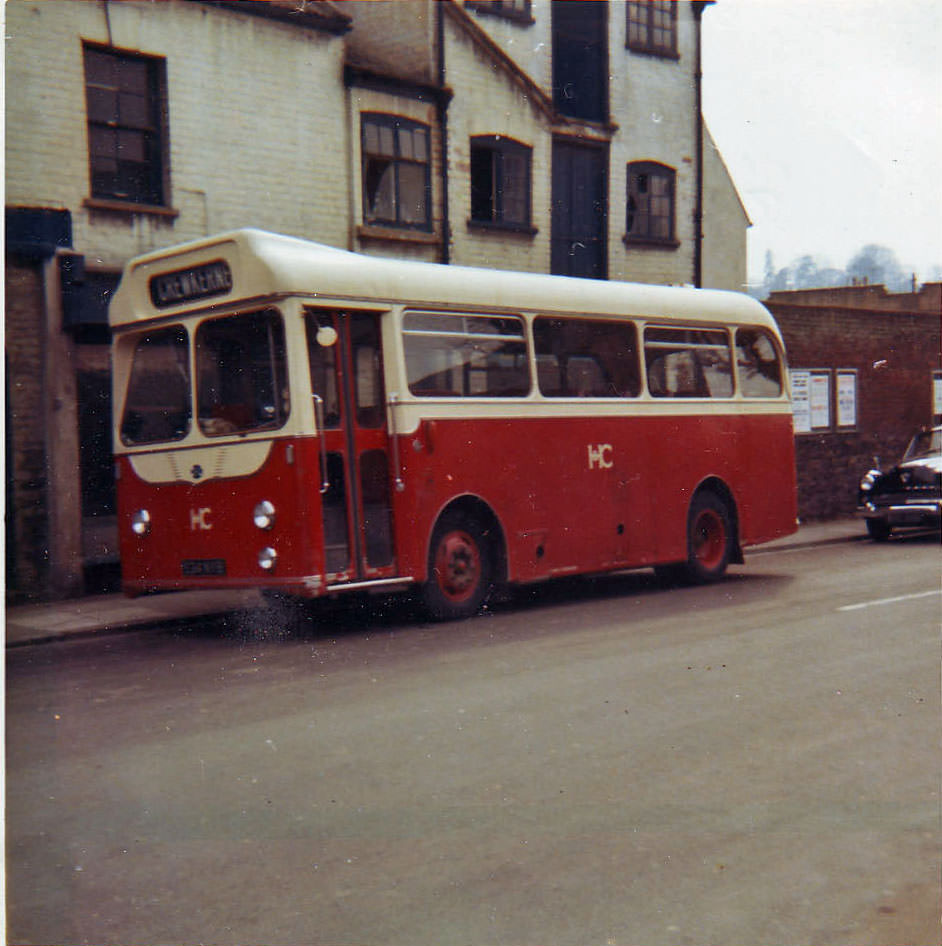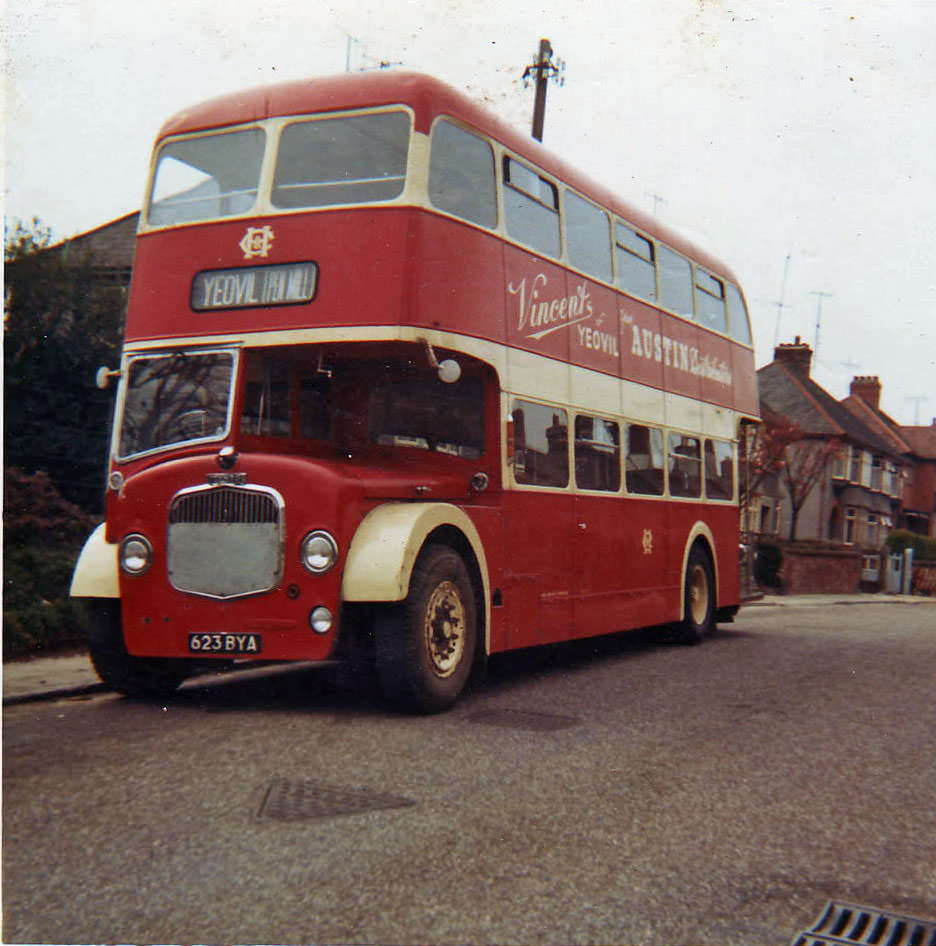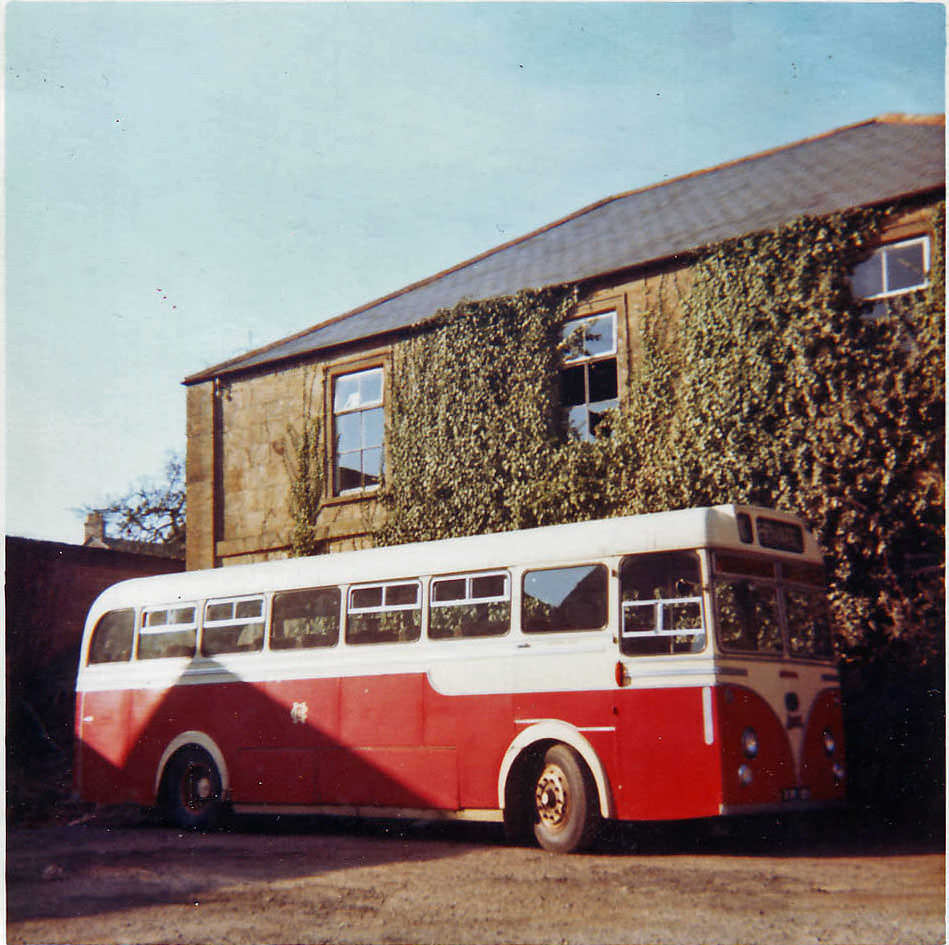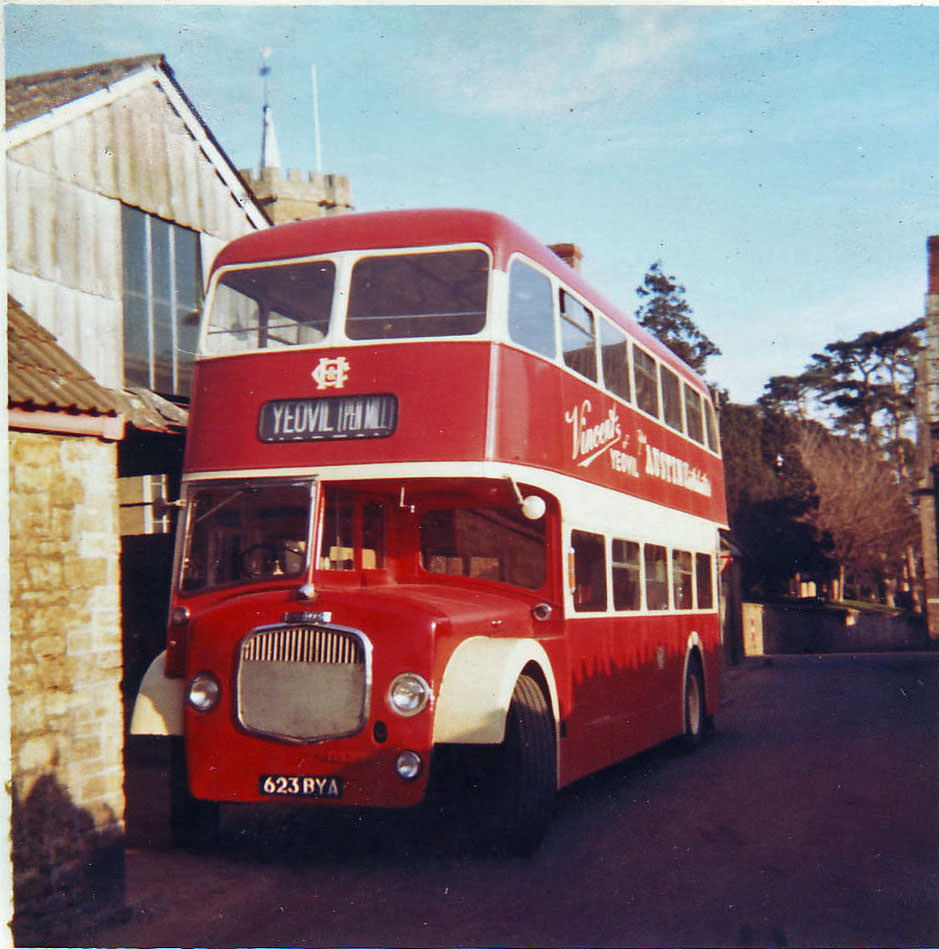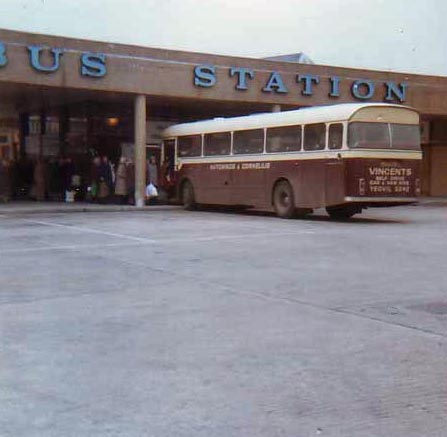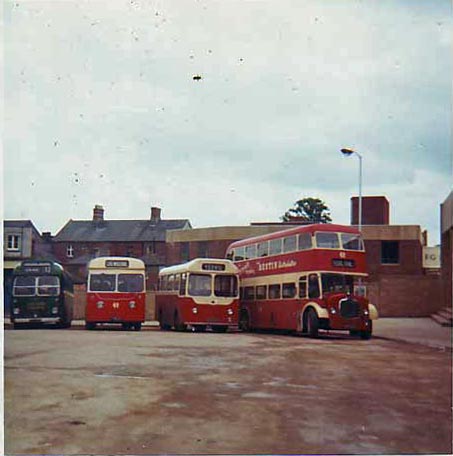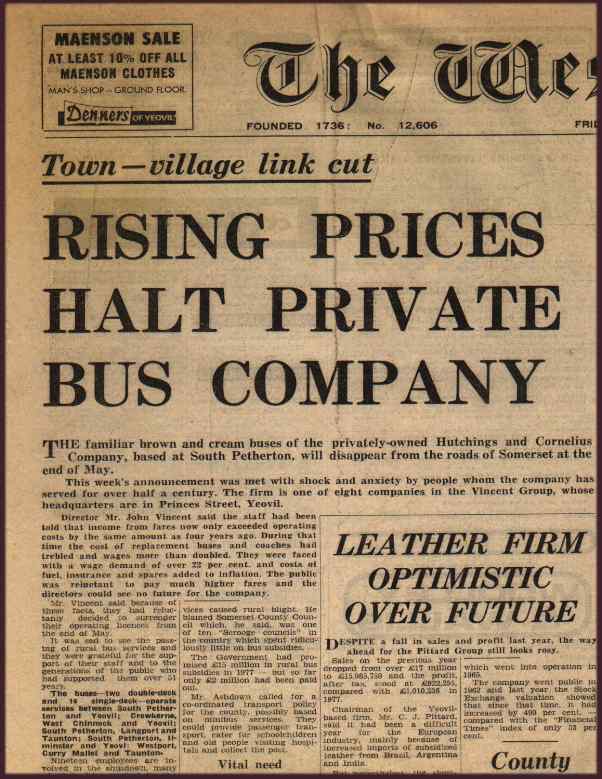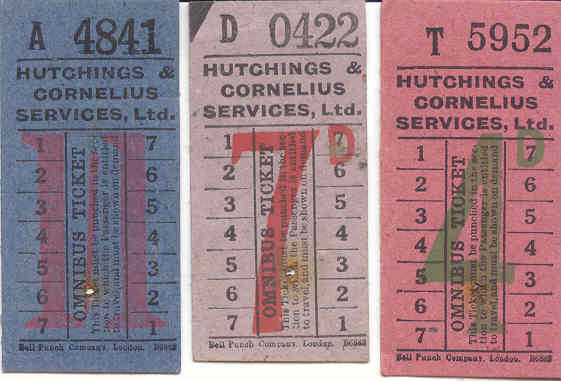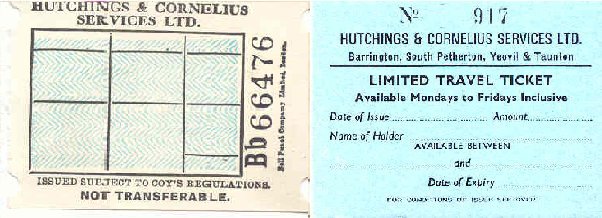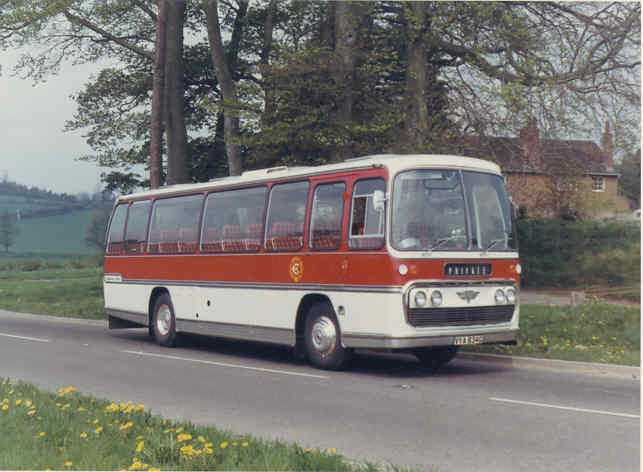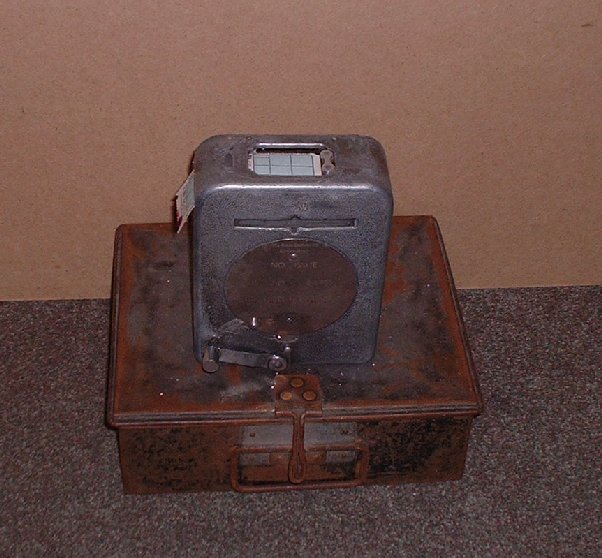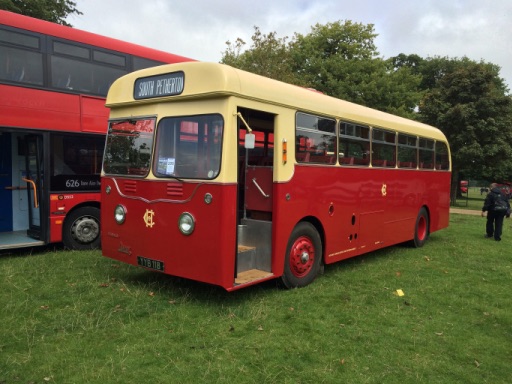HUTCHINGS AND CORNELIUS SERVICES LTD
One of the two private operators based in South Petherton
Wandering lanes and lovely names .......
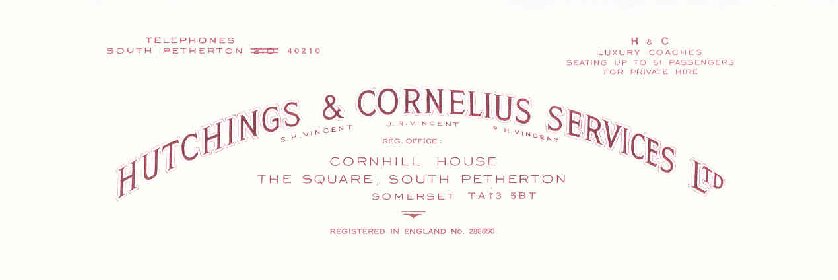
Despite its modest size, the small Somerset town of South Petherton was for many years home to two private bus operators of some significance in the county's transport framework - the other being Safeway Services. And there was also a Western National outstation here too, so clearly this must have been good bus operating territory! As the name of the company suggests, the business was formed through the merger of two earlier operations, Cornelius Services of Barrington and Hutchings Omnibus Services of South Petherton. These had been started by Alfred (Alf) Cornelius and Thomas (Tommy) Hutchings respectively and were both in operation by 1928, with both firms then using Chevrolet and Thornycroft buses. The growing activities of Southern National in the area prompted the merger in May 1934, when the limited company was formed. The new company started life with nine vehicles, four from each partner and one new (eight Thornycrofts and a Dennis). At this time the fleet livery adopted was black and cream (similar to that of Cornelius) but this changed during the war years to blue with grey lining, and then in the 1950s to red and cream. Finally this became cream and maroon in the late 1960s.
Despite the merger, in many ways there were in practice two businesses still because Barrington depot operated the routes to Taunton and South Petherton ran the routes to Yeovil. With war clouds gathering a new military establishment at Houndstone Camp just west of Yeovil provided extra passengers, and there were still the workers services to the Westlands Aircraft factory at Yeovil to be run. After the war the business continued to develop but substantive change came in 1954 when a long established Yeovil based motor garage and car dealer called Vincents took control of the company as Alf Cornelius retired (Tommy Hutchings had retired a few years before). In fact Stanley Vincent had been one of the directors of H&C for some years - since the limited company was formed - and as their shareholding increased this was a logical progression. Double deckers were now needed to meet passenger demand on the Yeovil route, and this included not only Dennis and Daimler and Leyland Atlanteans but in 1973 a first for an independent operator - a Bristol VR with ECW body (RYA700L). During the 1970s the introduction of one-man operation was completed on both deckers and saloons (which were predominantly AEC Reliances at this time). At one time the company ran a couple of very rare Jensen buses.
The three main daily routes operated over the years, as exemplified in a mid-1960s timetable booklet, were (a) from South Petherton to Yeovil, (b) Crewkerne and West Chinnock to Yeovil and (c) from South Petherton via Langport to Taunton. The two routes to Yeovil had a substantial common section from Norton through Stoke and Montacute to Yeovil, and many journeys proceeded beyond the bus station in the town centre to Pen Mill rail station. There were also other routes (d) from Yeovil via Kingsbury Episcopi to Barrington and Ilminster and (e) South Petherton to Ilminster, both running on Wednesdays, Fridays and Saturdays at that time, and lastly (f) Barrington to Taunton via Curry Mallett, twice a day. The company also had an extensive coaching business with many school contracts and works services to the Westland Helicopters factory in Yeovil.
The routes were reviewed in 1970 to reflect a fall off in travel with reductions in frequency on the Ilminster - Yeovil route and the Taunton via Curry Mallett route (which became respectively Friday only and Saturday only, with the latter curtailed to start at Westport). The ex-Cornelius garage at Barrington was closed and all operations concentrated on the South Petherton base. Modest expansion came in 1977 when the Taunton route was extended back to start from Martock and again in May 1978 when Western National withdrew their parallel competing Yeovil - South Petherton route (service number 466). The Odcombe villages were now incorporated into the H&C route to Yeovil, having been served previously only by Western National. At the same time National route 467 from Yeovil to Crewkerne was withdrawn - this had paralleled the Safeway route, necessitating new timetables for both South Petherton operators.
Fred Alford managed the business for some years, and was succeeded by Stan Baker, who was the well known general manager for many years and was to oversee both its successes and its downfall, when the business ceased to trade somewhat unexpectedly on the last day of May 1979. Driving staff had requested a substantial pay award which the operating company felt unable to agree to at a time of rising prices and falling income. (Stanley Vincent had died in 1975 and the business was now run by his sons who were perhaps more interested in their main business, the motor trade - especially at a time of rising costs and decreasing revenue for buses). At the time services were being operated on a commercial basis, and one solution might have been to approach the county council for operating subsidy, but parent company Vincents chose not to pursue this option, and the business closed after 51 years - some might say a little ingloriously in the year after the celebration of the half century. At this time there were sixteen vehicles in the fleet, fourteen single deck and two double deck, and the firm employed nineteen people. Four buses were needed each weekday for the services into Yeovil at this time. On the final night of operations in 1979, former H&C assistant manager David Grimmett recalls driving the last H&C bus into the depot, as he was at the wheel of 423, bringing up the rear of the small convoy of vehicles returning to South Petherton for the last time.
Some of the routes passed to Safeway, the other local operator, in particular the two main daily services to Yeovil, from South Petherton and Crewkerne/West Chinnock respectively; and also the Friday only service from Ilminster to Yeovil. Five drivers and four vehicles passed from H&C to Safeway to increase their operational capability following this expansion of their business. Western National took over operation of the weekday service from Martock and South Petherton via Langport to Taunton as their service 263 whilst Brutonian inherited the Saturday only service from Westport to Taunton, extending it back to start from South Petherton as their service 15, and introduced a Wednesday service as well.
Safeway Services continued
to run
what had been the main H&C route from South Petherton to Yeovil
from 1979 until 2007. It was withdrawn after operation on
Saturday 26th May as a result of competition over the route since
December 2006 by newcomers Nippy Bus of Yeovil. In
early 2007 South West Coaches introduced service 81
hourly between Yeovil and South Petherton, initially running against
the Nippy Bus N10 service. This led to the withdrawal of
the Nippy Bus service from 13th August 2007. The
road to South Petherton had been served by Safeway
since 1979, and prior to that by Hutchings
& Cornelius.
South West Coaches then acquired all the operations of Safeway of South
Petherton during 2008 (having operated the bus service side since
2007).
